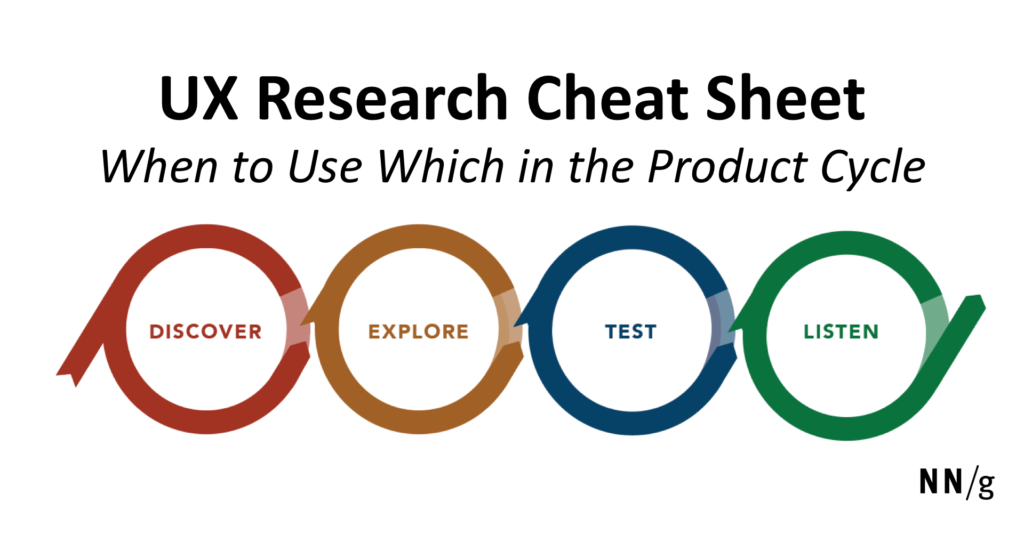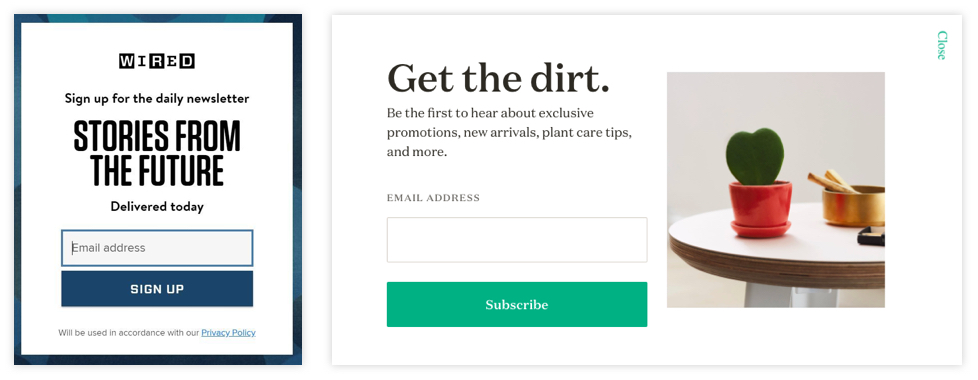I’ve been working as a digital creative in the advertising industry for over 10 years. As a copywriter, I’ve written copy for lots of webs, tons of banners, some innovative campaigns, and countless emails. But still, I am learning—and unlearning.
The Internet is ever-changing. Instagram, TikTok, Netflix, Spotify, and Youtube are trendy today but they all might be dated tomorrow. That’s what makes it so interesting. Because I, like anyone working in the tech field, must be prepared to evolve with it. But by changing the name of our job description? Let’s say that’s only the beginning.
According to Monster’s definition, copywriters write slogans, scripts for advertisements, and more detailed text for print or web with the ultimate goal of creating effective and memorable advertising campaigns. Compare this to how Google defines the role of a UX Writer as one who conveys brand voice and shapes the product experience by crafting copy that helps users complete the task at hand.

Image from “How to build a better product with UX writing”.
Pretty different, right? As many of you may have noticed, user experience is the game-changer here. It’s the difference between making something cool and making something helpful. This means we may have to set creativity aside—at least for a while.
Embrace UX, don’t be a stranger
Empathy is key. If we want to help our users then understanding their needs is critical. Who are they? Why are they using our digital product? What are their pain points? How can we solve those?
So many questions that can’t be answered by intuition alone. To get all the answers we must conduct research. And give it time. Real research includes competitor analysis, audience segmentation with creating personas, interviews with users and experts, surveys, and conversation mining on actual user-to-user or user-to-brand conversations.
Once it’s all done, then comes the time for understanding and ideation. This is where we work together with designers and developers to generate user journeys and plan the structure of the product. Then, it’s time to test it—and to test as much as possible. Because even after much research and hard work on the creation, some adjustments will still need to be made all along the way.

The next step is to start a conversation—but make every word count. UX writing texts must be clear, concise, and useful. No matter how shocking it is for a creative: this rule is set in stone. Our only referent, human language, is this way. And we need to transform common interactions into conversations in order to establish trust. Boring? Only if the writer (or the brand’s voice) is.
Practice creativity, don’t be meaningless
Here comes my favorite word: Creativity.
Defined by the Cambridge Academic Content Dictionary as the ability to produce original and unusual ideas, or to make something new or imaginative.
Make something new or imaginative. Yassss!
The opportunity to find our own way of saying things, to become relevant. This is why defining Voice & Tone is vital. Otherwise, all the digital companies would sound the same. And we all know that’s far from the truth. There are patterns that we all repeat, of course, but adjusted to each personality.
In many cases, newsletter pop-ups can be repetitive and terribly boring. In the example below, you can see that there’s a huge difference in how Wired, the tech magazine, and The Sill, an ecommerce for plants, invite us to sign up. Get the dirt or the future? It depends on your interests.

These are two good examples of how creativity can enhance even the slightest piece of microcopy. But creativity in UX writing is a challenge. We can’t abuse it.
Remember: clear, concise, and useful. And stick to the brand’s voice.
So before we allow ourselves to get carried away by creativity, we must think of our users and consider if a piece of copy will make them overthink or be difficult to process.
If the answer is yes, kill it.
Don’t cry creatives of the world—there’s good news too
Just because creativity isn’t always at the forefront, that doesn’t mean it doesn’t often come into play.
Creativity in UX writing should be used in a clever, strategic way. It also lets us rethink all the processes, all the contact opportunities, and even create new ways to engage with our users. We may need to change the way we think about creativity, but we’ll learn to enjoy it in a whole new and useful way.
Finally, we have the opportunity to help people. And how cool is that?
Lucía is a digital marketing specialist with over ten years of experience in major advertising agencies. One day, she felt into UX Writing and now prefers to keep it simple. And useful.



